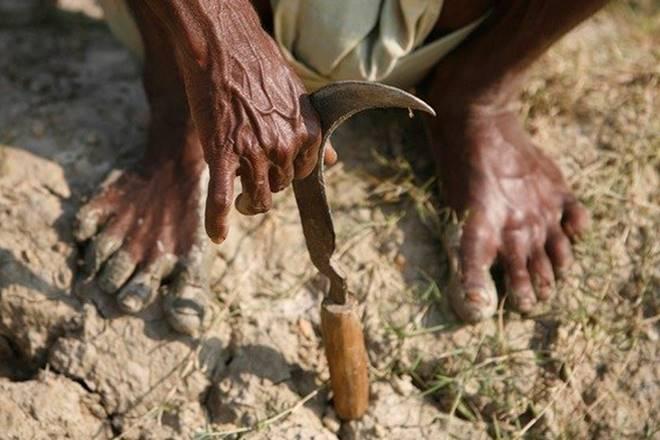800 state farmer suicides till June 2019 – has the biggest farm loan waiver in the country contributed to farmer welfare in any way?

Image Courtesy: Reuters
When Chief Minister of Maharashtra, Mr. Devendra Fadnavis announced “the biggest ever” farm loan waiver to distressed farmers in Maharashtra in 2017, one didn’t think that the number of farmer suicides would continue to pile up. But with government data revealing 219 farmer suicides in the state in July 2019 alone, with an average of 7 farmers killing themselves every day, we beg to ask if the loan waiver has proved to be fruitful to the agrarian community in any manner.
Close to 35,000 farmers descended on the streets of Maharashtra with a peaceful protest led by the All India Kisan Sabha (AIKS) in March last year with demands of a loan waiver, fair price for farm produce, the implementation of the Swaminathan Committee recommendations and compensation for hail-affected farmers among others. They were assured by the Maharashtra government of all their demands being met in six months of their demonstration. Today, the data collected by the government’s agrarian rehabilitation department discloses a grim number – 1542 farmer suicides in the first six months of 2019, as compared to 1487 in the same period last year.
P Sainath, a Ramon Magsaysay award winner, founding editor of People’s Archive of Rural India (PARI) and a staunch supporter of the Kisan Long March expressed intense distress at the growing number of farmer deaths and alleged that the official figures of farmer suicides in India had become highly unreliable along with the current condition being just more than an agrarian crisis.
While inconsistent rainfall has earned notoriety for being the number one reason for farmer deaths, ground sources show that it is actually backbreaking debt and the large dependence on private moneylenders by cash-ridden farmers that ties them in a vicious circle of paying exorbitant interest rates, a burden that they carry till their last breath.
Agricultural activist Vijay Jawandhiya explained that the cost of seeds had increased by Rs. 3000 per acre as farmers were expected to re-sow their seeds in drought affected regions. He said that though the cost of living and cost of production continued to rise, the real income of the farmer remained stagnant.
With Amravati and Aurangabad are the leading witnesses of unsound policy implementation and false promises taking their toll, the overall lack of empathy for the backbone of our nation by officials in high officesis certainly disappointing. As for the state-elections slated to be held in the next month, the major political parties are keen on wooing the rural voter by pledging to improve the plight of the farmer. Whether this, as always, remains a far-fetched promise or actually ends up being a beneficially implemented manifesto, today the life of the troubled farmer still seems to be hanging by a thread.
